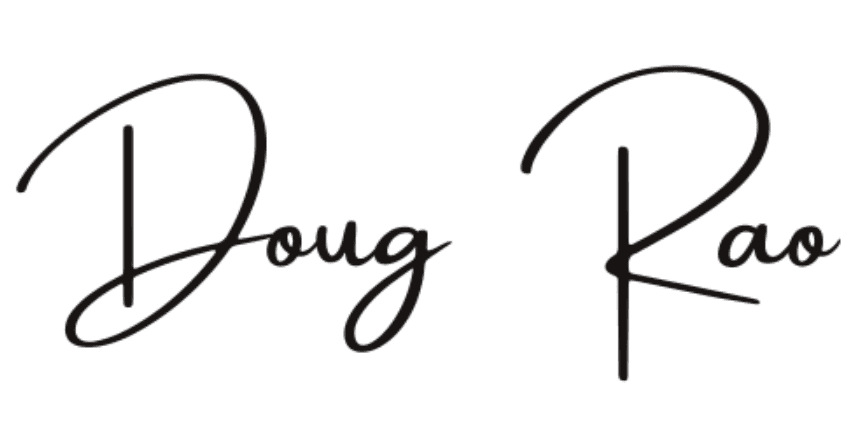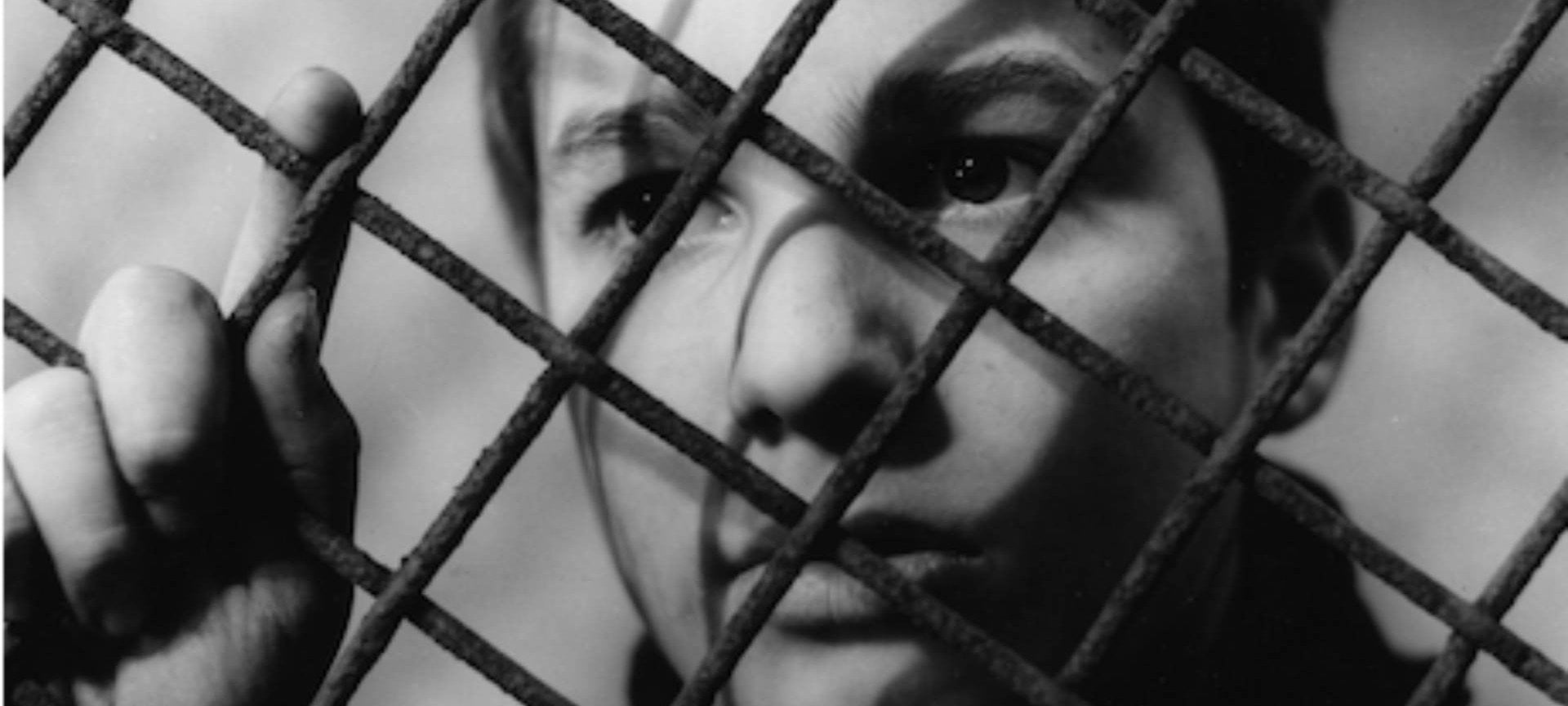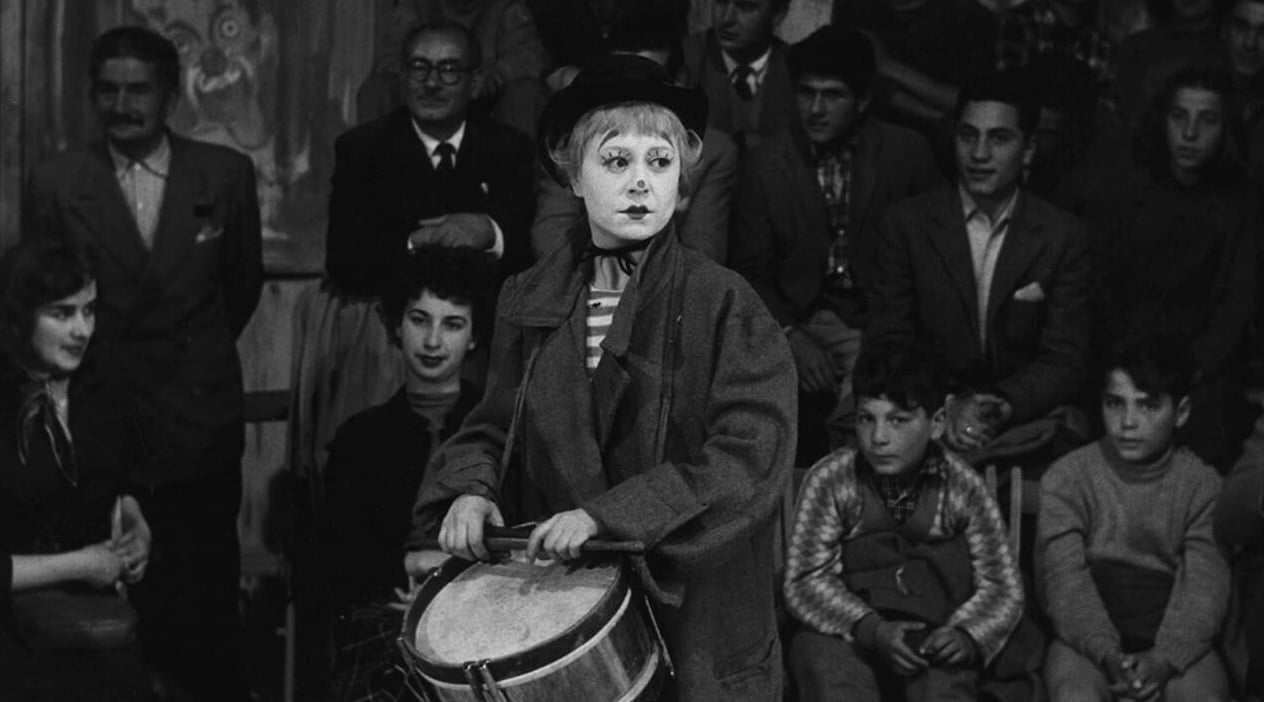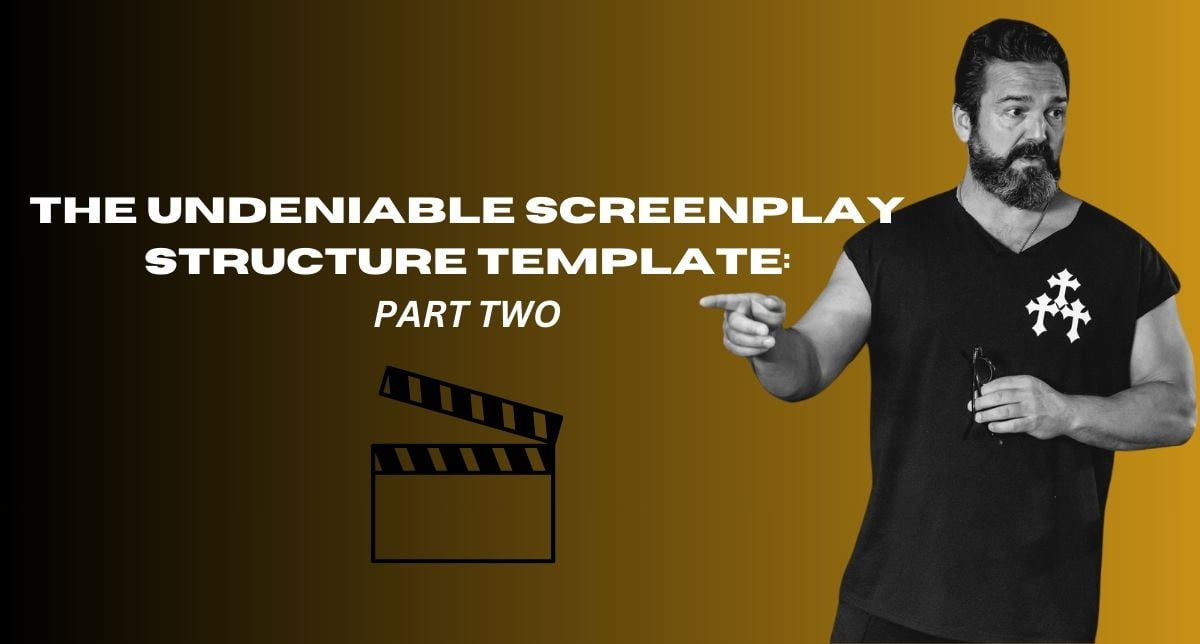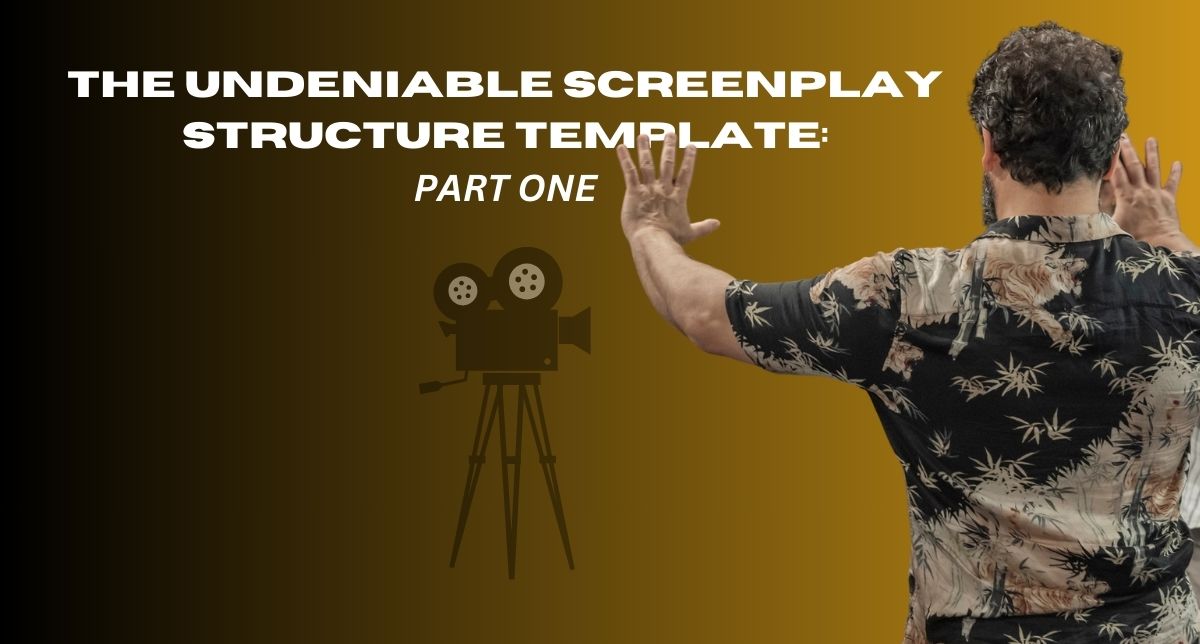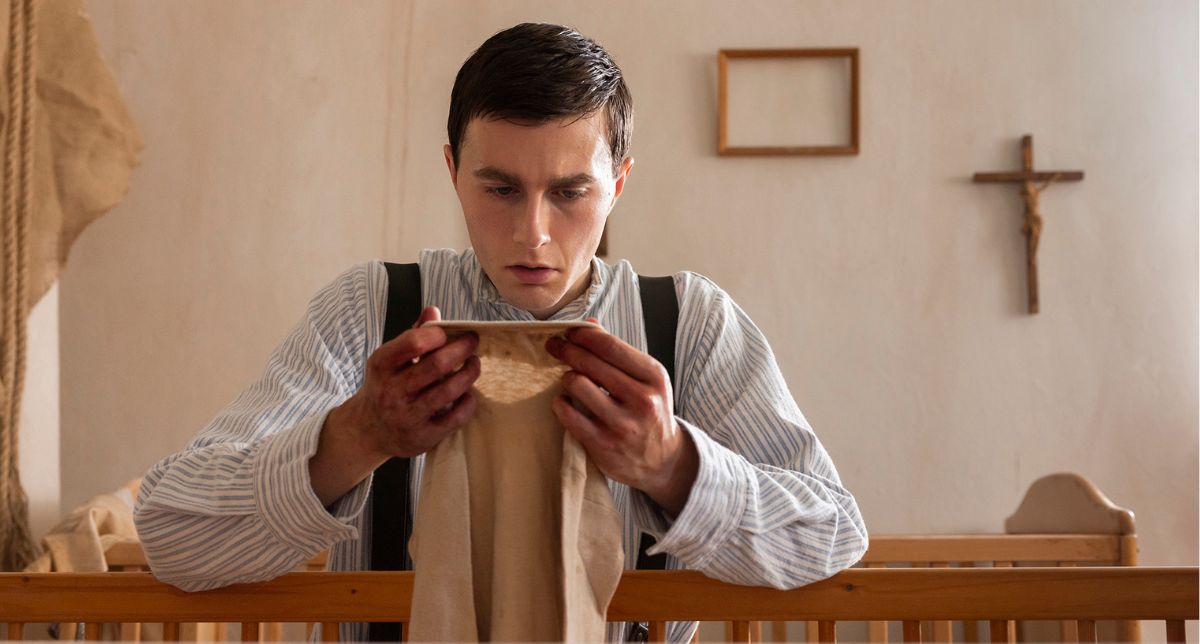Dear Storyteller,
This is part two of a longer article. You can find Part One here.
In Part One, we left our protagonist dangling on the precipice, seemingly defeated, teetering between victory and utter failure. If you thought we were done putting him through the grinder, think again. This is where the real magic happens—the transformation, the resurrection, and the ultimate triumph (or downfall).
In Part Two of Introducing the UNDENIABLE SCREENPLAY STRUCTURE TEMPLATE, we’re plunging headfirst into Act Three, where the stakes skyrocket and the protagonist’s resolve is tested like never before.
Remember, we’re dealing with a four-five act structure in our paradigm — so Act Three in our new paradigm is not the race to the end of the story that it is in Syd Field’s or McKee’s structures, it’s the deep dive into your hero’s soul, where the real transformation happens, where the stakes become personal, where the protagonist’s morality is tested and the story takes on a whole new level of emotional and psychological intensity.
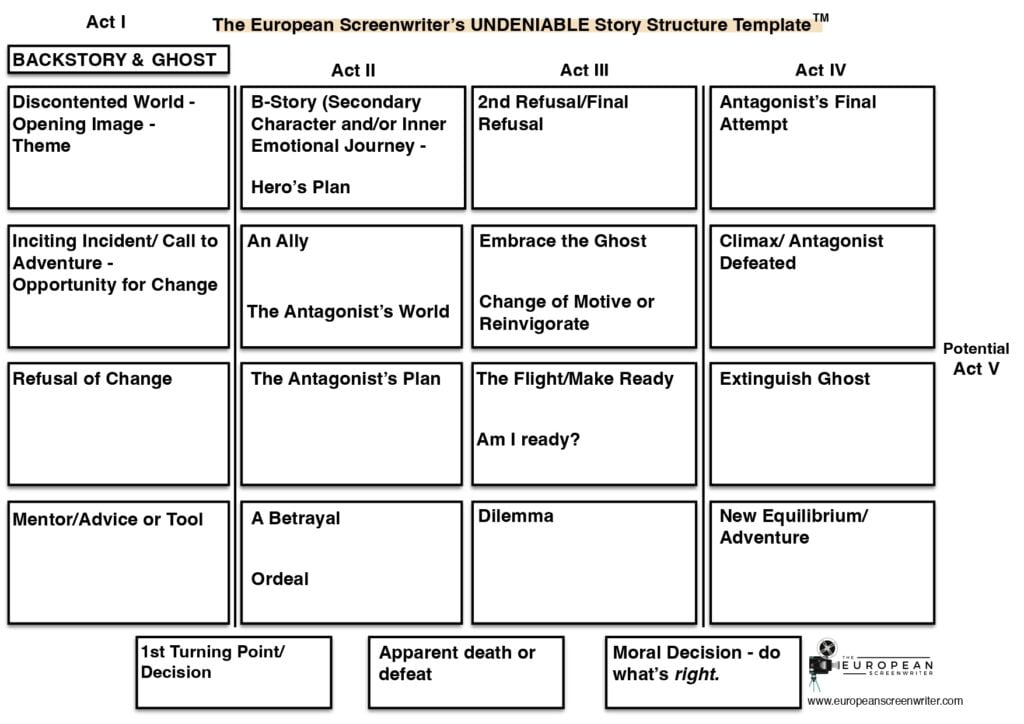
Act Three: Descent and Resurrection
2nd Refusal/Final Refusal
If you thought our hero was all in, think again. They’re going to hesitate one last time. This second refusal is where they question everything, where the ghost of the past tries to drag them back. It’s a dark moment where retreat seems like the safest option. This is sometimes overlooked in traditional structures, and it echoes the initial first refusal but tenfold — they’ve failed once and now they have undeniable proof that they can’t achieve their objective. I find this moment crucial in building a resonant emotional arc.
In DIRTY BOY, Isaac is tortured and humiliated by cult leaders, locked in his room and forced to swallow the medications he has tried so hard to resist. The audience are presented with a broken spirit, a protagonist now surely at the end of his mission and thrust back into his Discontented World.
Embrace the Ghost
Finally, the protagonist must confront their ghost head-on. This is where they accept their past, their fears, and everything that’s been holding them back. It has a resonance with Vogler’s ‘Atonement with the Father,’ but this is more about the protagonist accepting the weight of their past as part of who they are.
In DIRTY BOY, Isaac begins to understand that his alter ego was created from trauma and instead of thinking it as something outside of him, finally begins to accept that it is him. Isaac accepts responsibility for all the things he once blamed his alter for.
Change of Motive or Reinvigorate
With the ghost embraced, the protagonist’s motive often shifts. Perhaps they realise they’ve been chasing the wrong goal, or perhaps they double down on the goal with a renewed vigour. Or perhaps their motivations for chasing the same goal change. This moment is all about clarity and purpose, a turning point that realigns the hero with their true path.
The Flight/Make Ready
The hero isn’t just running toward the climax, they’re preparing. They gather their forces, finalise their plan, and ready themselves for the final confrontation. It’s a deliberate pacing beat that builds tension and anticipation.
Am I Ready? (Doubt, Opportunity to Run)
Even with everything in place, doubt creeps in. This is where the protagonist has one last chance to back out, to take the easy road. It’s the final moment of human frailty before the storm. The audience needs to feel the stakes, and this is where that tension reaches its peak.
Dilemma
Right before the climax, the hero faces a moral dilemma — a choice that defines who they are and who they will become. This isn’t just about winning the battle; it’s about winning the mental and spiritual war within. McKee touches on this, but we make it central.
Moral Decision – do what’s right.
The Second Turning Point is a Moral Decision; he does what’s right. But first he’s presented with a Dilemma. Oftentimes, this could mean making a choice about pursuing his initial goal or pursuing a new goal that’s more in alignment with the new person he is becoming.
In DIRTY BOY, Isaac’s initial goal is to escape the cult and save himself. And at this point, he’s on the cusp of achieving this (selfish) goal. But the dilemma comes when he finds out that the brutal cult leaders are about to execute two young women.
Isaac could run and achieve his initial goal, but instead he makes a moral (and unselfish) decision to go back and attempt to save them.
And that gives a whole new energy to the story — and that’s one of the reasons why in this paradigm, we break into Act Four — it’s a different energy, it’s a different act.
Act Four: The Climax (All Hell Breaks Loose)
Antagonist’s Final Attempt
The villain isn’t going down without a fight. Here, they launch their final, desperate attempt to crush the hero. This is the final battle, where all the threads come together. It’s high stakes, it’s personal, and it’s explosive.
In DIRTY BOY, it’s when the villain offers Isaac a chance to join him. He offers something that echoes back to Isaac’s deep seated need that we discovered during the Discontented World — a huge part of him wants to fit in and find a real family. No spoilers here, sorry.
Climax/Antagonist Defeated
The hero triumphs—or fails spectacularly. Either way, this is where the main conflict reaches its zenith. Every decision, every mistake, every victory leads to this moment. Vogler would call this the ‘Resurrection,’ — the death of the old self and the rebirth of the new and improved protagonist. This is emotional payoff for everything that came before.
Act Four Part 2 or Act Five: Resolution (New Dawn or New Battle?)
Extinguish the Ghost:
With the antagonist defeated, there’s one last thing to do — extinguish the ghost. The protagonist needs to put the past to rest, to make peace with what’s haunted them. This isn’t just about tying up loose ends; it’s about catharsis, about giving your audience (and your character) the emotional resolution they deserve.
New Equilibrium/New Adventure:
And finally, we arrive at the new equilibrium. The world has changed, the hero has changed, and we glimpse what the future holds. Maybe it’s a new adventure, maybe it’s a well-deserved rest, but whatever it is, it’s a character and a world that’s been fundamentally altered by the journey we’ve just witnessed.
The Old Guard (The Foundation, Not the Blueprint)
Robert McKee, Syd Field, and Christopher Vogler laid the groundwork for modern screenwriting. They gave us the tools, the rules, the language, and the basics of structure.
I think that audiences have evolved (or devolved, depending on your point of view) and need to be hooked and rebooked multiple times during a story.
Field’s three-act structure is solid but often too simplistic, leaving writers stranded in the second act without enough signposts for guidance.
McKee’s story beats can feel prescriptive, like ticking boxes instead of crafting a narrative.
Vogler’s Hero’s Journey is iconic, but it can trap writers in archetypal ruts, leading to formulaic stories.
The UNDENIABLE SCREENPLAY STRUCTURE TEMPLATE borrows the best from these masters — Field’s clear act breaks, McKee’s emphasis on turning points, Vogler’s focus on the hero’s inner journey — but I’ve attempted to weave them into a more intricate and nuanced framework.
This structure is focused on guiding writers through the wilderness of storytelling with a compass that points toward emotional truth and narrative resonance.
The Bottom Line (Get Out There and Break Some Rules)
Screenwriting isn’t all about rigid structures — it’s about telling stories that resonate. The UNDENIABLE SCREENPLAY STRUCTURE TEMPLATE is aimed at bold and unapologetic storytellers who want to work with new paradigms.
This structure template is a tool that has worked well for me. It’s a guide, and a challenge to write stories that matter, stories that break the mold, stories that win awards, get funded, and connect with audiences on a profound level.
So go ahead — rock the boat and write something undeniable.
About Me
I am an Award-winning screenwriter, novelist, and filmmaker with a knack for spinning dark cinematic fables.
My first feature film DIRTY BOY was invited to a Gala Screening in Cannes 2024. My feature screenplay GUNN snatched Gold at the Page Screenwriting Awards 2023, and my best-selling novel THE PARTISAN earned five stars on Amazon.
I believe story is sacred, the heartbeat of human connection — our way of making sense of the world and each other. When I’m not busy creating cinematic tales, you’ll find me mentoring the next wave of storytellers — because every epic tale deserves to be told.
